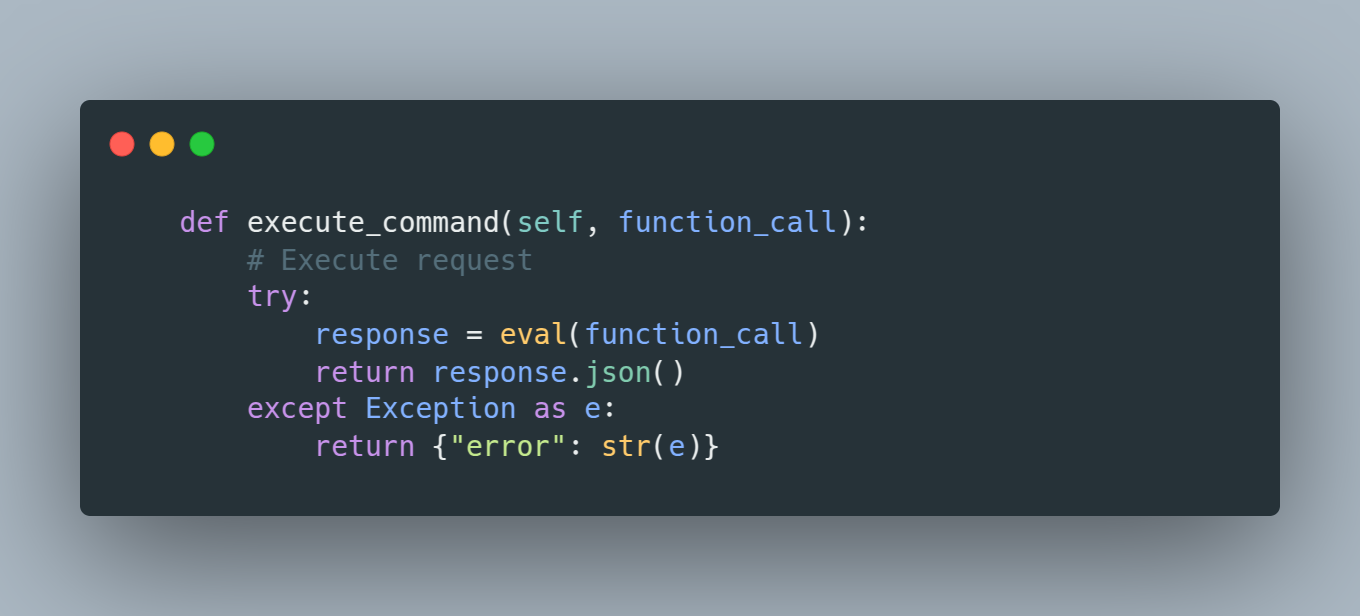Here is an interesting development of the Geekhouse project.
I wanted to add a simple 16x2 LCD display to the server.
I connected the display to the I2C pins and added the code to serve the appropriate URL (/lcd?text=...).
I started testing it with cURL and realized that I had to use the --url-query flag to pass any text with spaces, like this:
curl -X POST --url-query 'text="Hello world"' http://192.168.1.130/lcd
It worked fine with the curl command, and the text was displayed on the LCD.
I started testing it with the LLM asking “Please display ‘Hello world’ on the LCD” and, of course, got errors.
In this project, I am sending the following prompt to the LLM:
You are an IoT API assistant. Convert user commands to curl commands for the IoT server.
Respond only with the curl command, no explanations.
Usually, the LLM responds with a command like:
curl -X POST http://192.168.1.130/leds/1/on
and my dialogue program parses it and converts to a call to one of the requests functions.
The parsing function figures out if it’s GET or POST and pulls the URL from the curl command.
But with LCD it was different. The LLM responded with this:
curl -X POST http://192.168.1.130/lcd -H "Content-Type: application/json" -d '{"text":"Hello world"}'
and, of course, my parsing function wasn’t ready to work with this string.
After trying for half-an-hour to parse it properly, I had a brilliant idea. “Let’s ask the LLM to make this work for us!”
I changed the prompt to:
You are an IoT API assistant. Convert user commands to function calls of the Python requests library to send requests to the IoT server.
Respond only with the function call, no explanations.
And the whole function parsing the curl command and converting it to a requests call was reduced from 20 lines of code to a simple eval:
response = eval(function_call)
return response.json()
Isn’t it cool?
Well, I have to admit that the LLM made a mistake once.
After asking to turn the motor on, I asked to turn it off.
The LLM responded with requests.get() instead of requests.post().
The fix? I added this to the prompt:
Please make sure to use the correct method and endpoint.
Requests for actions like turning on/off devices should be POST requests.
and it didn’t make mistakes since then.
